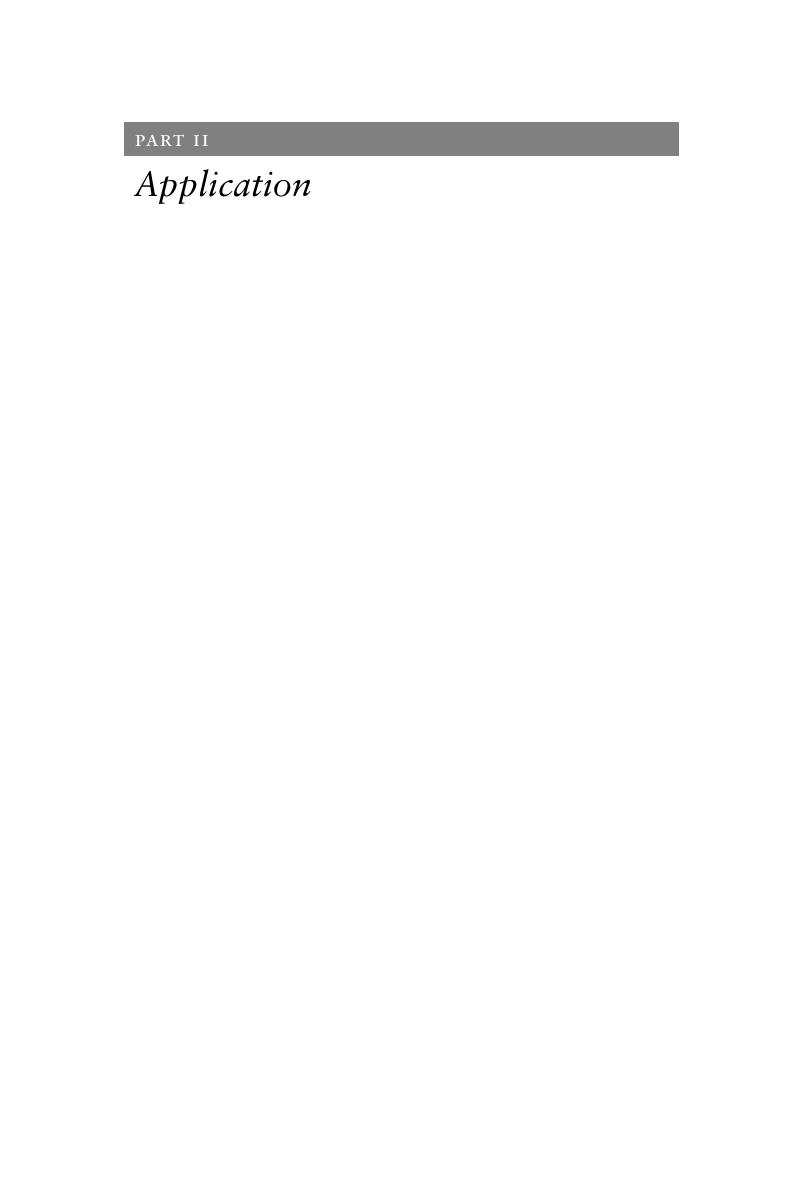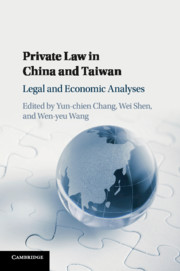Part II - Application
Published online by Cambridge University Press: 01 December 2016
Summary

- Type
- Chapter
- Information
- Private Law in China and TaiwanLegal and Economic Analyses, pp. 61 - 303Publisher: Cambridge University PressPrint publication year: 2016



